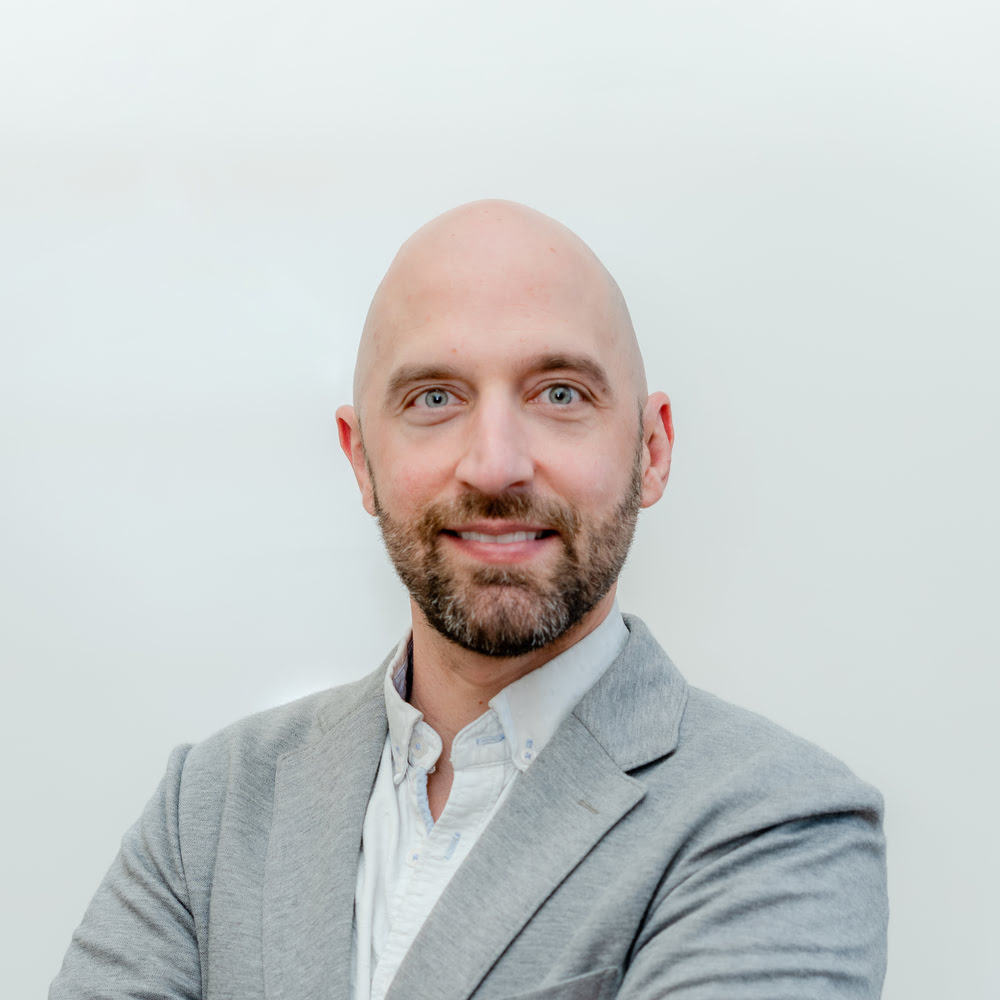We hosted an incredibly insightful webinar with the BRK Ambiental team last week, which offered a deep dive into how one of the largest water utility in Brazil adopted Transcend’s generative design software, the Transcend Design Generator (TDG).
The summary below demonstrates the tangible benefits and best practices of using TDG as part of engineering workflows inside of a large utility. To watch the full recording, click here!
Top Three Takeaways for the Value of Generative Design software inside of a large water utility:
1. Significant Efficiency Gains and Cost Reductions:
- Mariana Bin, BRK’s Engineering Manager, outlined how Transcend has dramatically reduced the time and cost associated with conceptual wastewater design, shifting from a two-month duration to just one week and an 80% cost reduction.
“Reducing conceptual wastewater design cost by 80% and cut time from two months to one week. Well in fact nowadays I believe it’s been a while we do not hire conceptual wastewater design externally really. We do it internally with Transcend and I believe almost zero manually calculation after that. And we now just go through consultancy engineering with the solution that we want. We already… We do it 100% with Transcend.”
2. Enhanced Decision-Making and Design Flexibility:
- Caique Amorim, an Environmental Engineer, spoke about TDG enabling BRK to evaluate specific project needs, providing key CAPEX and OPEX quantities to rapidly evaluate options. As an example, the ability to incorporate various operational factors (like sludge, sand, grease, and chemical use) into the design process has led to optimized operational expenditure.
3. Producing Multiple Options and More Sustainable Designs:
- Caique also discussed how Transcend supports data-driven decision-making, allowing teams to evaluate multiple design scenarios (often 25+) effectively. This capability enables a more nuanced and informed approach to design, which can significantly enhance the quality and sustainability of engineering solutions.
By incorporating a comprehensive range of factors into the design process, Transcend helps ensure that decisions are not only based on financial or spatial constraints but also on optimal operational performance and environmental impact.
In addition to the benefits of TDG, Mariana & Caique also outlined how utilities can think about how to adopt software like TDG inside of their own organizations. Here are three of their tips:
1. Integrate with Existing Workflows:
- Effective implementation requires the software to be adaptable and seamlessly integrate with existing workflows. Caique spoke to how Transcend adapted to BRK’s specific needs and the importance of flexibility and customization of TDG to maximize the benefits of generative design.
2. Build Internal Expertise:
- The move away from relying on external consultants, as noted by Mariana, shows the importance of developing internal expertise. Ensuring that staff are trained and comfortable with using generative design software can lead to more autonomous and efficient design processes.
“The exploring phase and the exercises we did with calculations in parallel to compare with TDG, the explanations and training from the Transcend technical team, were very important for us to validate the tool and the rest of the team. It’s a tool that today is reliable. Really it’s part of our daily basis.”
3. Iterative Testing and Feedback:
- Caique provided an anecdote about validating the tool internally and the positive feedback he received from technical teams, emphasizing the value of iterative testing and feedback in the implementation process. Engaging various stakeholders, including technical field staff, can enhance confidence in the tool and ensure its practical efficacy and reliability.
“We are a big operational company, we have a lot of different engineering areas across the country. When we’re dealing with new approvals in the early phase, it’s become an operational standard for us to check the solution on Transcend. You have to check your scenarios, your possibilities through it. You cannot just go with one solution and say this is the best. You have to show me the data. You have to prove to me that this is the best way with numbers and outputs and footprints and these kinds of things. With that, we can accelerate our decision to select which way to go because we have the data and we see the location and we can see what is more feasible and more valuable as well. And we add more value to us.”
Be sure to watch the full recording here, and stay up to date with Transcend by following us on LinkedIn!






